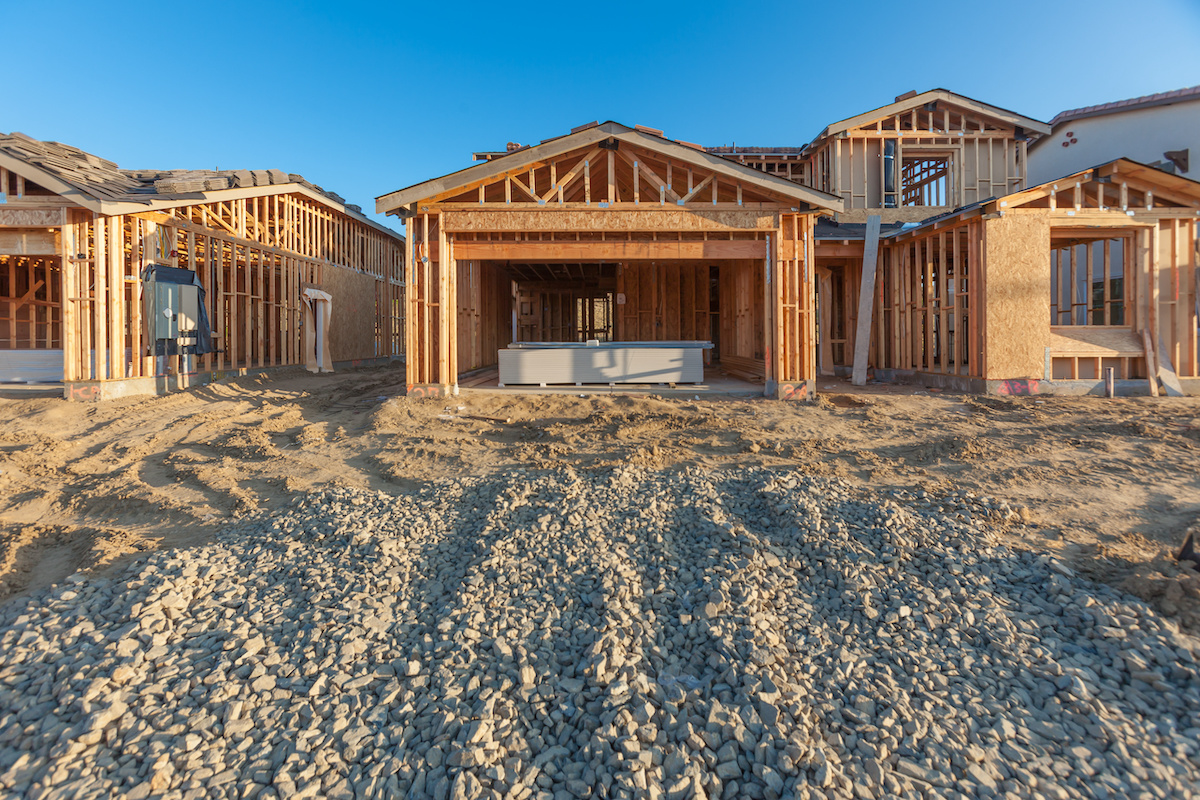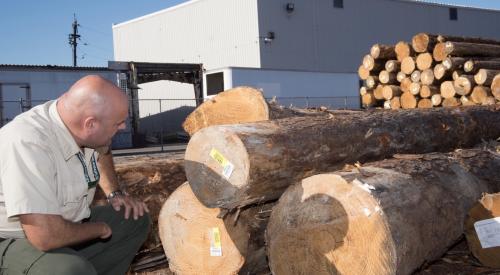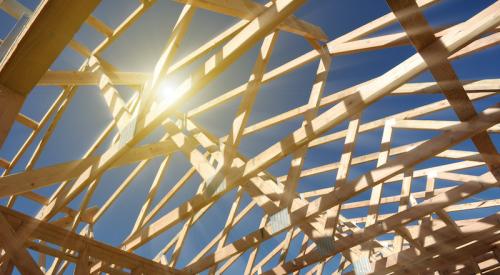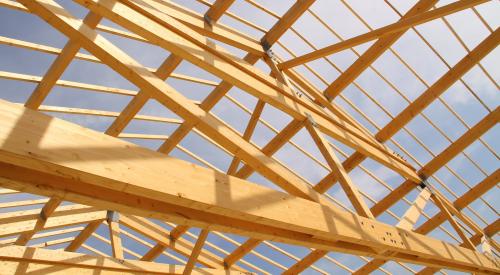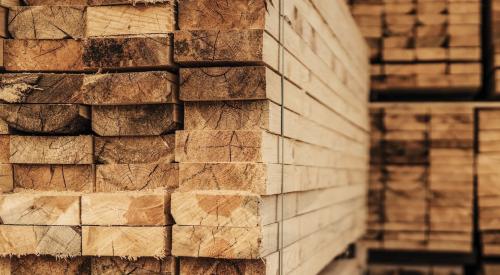The U.S. Lumber Coalition, an alliance of softwood lumber producers, called out the National Association of Home Builders (NAHB) last week for its claim that import duties are pushing up housing costs. The coalition argues that NAHB’s support for easing Canadian tariffs lumber imports, and its argument that tariffs impact lumber costs, threatens long-term domestic lumber production and availability. NAHB responded to the coalition, saying tariffs account for a share of rising lumber costs, but the majority of the cost results from insufficient production. The coalition believes lumber accounts for 4% of the total cost of a new home, an assessment NAHB countered with its analysis results that say lumber prices now add $36,000 to the price of a new home.
Perhaps the Coalition’s choice to radically distort NAHB’s position was a red herring to take attention away from why production remains at such low levels during a period of high demand.
And while tariffs play a role, these unprecedented lumber price hikes are attributable to the following factors:
- Many mills reduced production last spring due to stay-at-home orders and social distancing measures enacted by state and local governments at the onset of the coronavirus pandemic.
- When it became clear in the ensuing months that housing weathered the storm much better than predicted and demand remained strong, lumber mills did not ramp up production accordingly.
- Moreover, producers did not anticipate the massive uptick in demand from do-it-yourselfers and big-box retailers during the pandemic.
As for how rising lumber prices affect the average price of new homes, the U.S. Lumber Coalition simplistically and misleadingly bases its assessment that lumber only makes up 4 percent of the cost of a new home on the sawmill price for 15,000 board feet of framing lumber.
